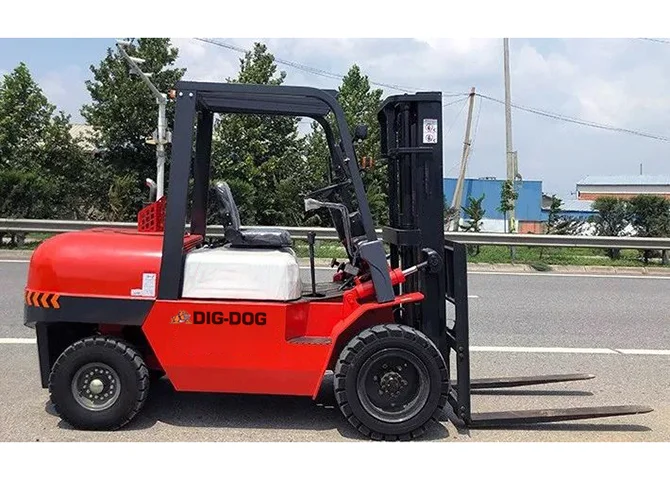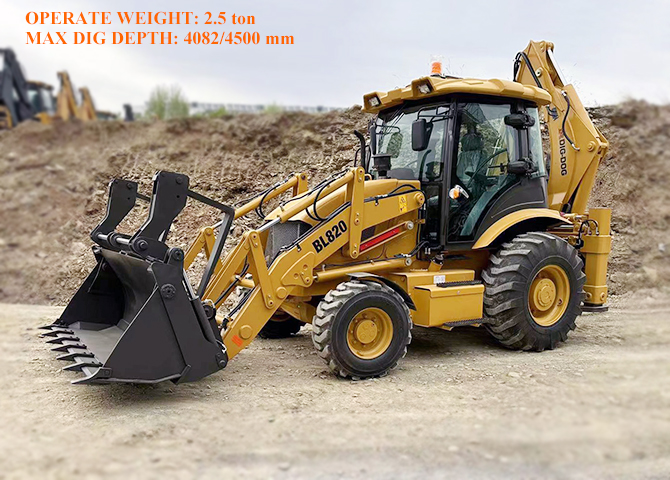Drilling, reaming and boring are the basic processes of machining. Simply put, drill a hole in a piece that has no hole. Reaming and boring can precisely enlarge existing holes.
The boring operation on a lathe is usually simpler than that on a milling machine. On a lathe, the boring machine is moved step by step by the machine tool, while on a milling machine, the boring machine (boring head) must be adjusted to achieve the desired hole size. In theory, the boring tool used for turning can make holes of any size, as long as the bar can fit into the hole. However, the boring head of a milling machine is limited to a specific range.

Basic boring bar
Found in every machine shop, the basic boring bar accepts carbide blades and works well and economically in most applications.
Fine boring head for machining close tolerance holes. Photo credit :Christopher Tate.
Fine boring head for machining close tolerance holes. A head like this can be adjusted in 0.0004 "increments. All images by Christopher Tate.
Unlike a drill or reamer, a boring bar has only one point of contact with the workpiece. As a result, the rod is unsupported, which sometimes causes vibration, or chatter. The chatter problem is the only significant drawback of these tools.
Chatter occurs once the axial DOC is more than 4 diameters deep. Therefore, end users may experience chat on 1" dia. (25.4 mm) rod if it extends more than 4 "(101.6 mm) from the turret. A mechanic would say it sticks out too much.
Chatter Away
Chatter during boring on a lathe can be overcome. The easiest way is to use a large diameter boring bar. However, larger crossbars are not always an option and other methods are necessary.
Sometimes, the solution is as simple as adjusting the cutting speed and chip load to change the cutting pressure on the tool. Tool pressure can be increased by increasing feed speed, decreasing cutting speed, or both. Changing the radial DOC also puts more pressure on the tool. Sometimes the user must adjust all of these variables to succeed.
Due to the lower cost, steel boring bar is the most common, but other materials are also available. For example, tool manufacturers have developed heavy metal and carbide bars to eliminate chatter. Heavy metal rods are made of tungsten alloys that are denser than steel. These alloys act as shock absorbers. Although heavy metal rods are more expensive than steel rods, they can be applied to higher aspect ratios. Steel allows a 4:1 ratio, while heavy metal rods can be raised to a 6:1 or higher range with some speed and feed adjustments.
Tungsten carbide rods provide a higher depth to diameter ratio. Carbide rods are manufactured by brazing steel tips that are machined to accept insertion into the carbide rod. Carbide is very dense. It provides excellent damping, allowing aspect ratios in the 8:1 or higher range.
The damping rod has an internal mechanism to eliminate chatter. Photo credit :Christopher Tate
The damping rod has an internal mechanism to eliminate chatter. Because these rods can be expensive, buy rods with interchangeable heads that accept different inserts.
Carbide rods with diameters greater than 1" are not practical due to cost. When the cost of cemented carbide is too high, the adjustable bar is necessary. As the name suggests, these toolbars have an adjustment feature that allows users to adjust the toolbar to suit a particular application. The internal mechanism changes the rod's natural frequency, preventing chatter and allowing a very large aspect ratio. Some tool manufacturers have reported a 20:1 cutting capability.
Boring and Mills
Unlike the boring bar of a lathe, tools used in a milling machine must be adjustable to achieve the correct size. Boring on a milling machine requires the use of adjustable boring heads, which adds complexity to the setup.
The most commonly used boring head moves the boring bar towards or away from the axis of the hole to achieve the desired hole diameter. These boring heads are not expensive. Users can use these head boring for a wide range of sizes, as the boring rod can be mounted in several different ones
The location of the.
Boring heads are usually associated with conventional milling machines, but they can be used on CNC machines.
This double - end boring bar can be used to process large holes in horizontal boring machine. Image by Christopher Tate.
This double - end boring bar can be used to process large holes in horizontal boring machine.
Unlike a lathe, you can engage multiple cutting edges when boring on a milling machine. Some boring heads are often used in high production environments. There are two ways to set the double boring head. In the first way, each cutting edge is set to the same diameter, allowing for a fast feed rate. For the second method, the cutting edges are set in two different diameters, so more material is removed in each pass.
Finishing Touches
Double-ends are best for rough machining because they are not easy to adjust when fine-tuning the bore diameter is required. Finishing, the best choice of finishing boring head, the diameter of those small adjustments.
Machining close-tolerance holes usually requires special boring tools that can make tiny adjustments with precision. These boring heads are often referred to as fine boring heads -- some can be precisely adjusted in increments as small as 0.0001 "(0.0025 mm). Fine boring heads come in several styles. Some use the basic round boring bar, some use special insert teeth tool rest. They are expensive and are typically used for boring with diameter tolerances less than 0.001 "(0.025 mm).
The small diameter damper rod has several cutting heads. Image by Christopher Tate.
The small diameter damper rod has several cutting heads.
Boring and cutting tools require the mechanic to pay as much attention to detail as other processes and cutting tools. While there are many factors that can affect the success of a drilling operation, following the following rules will help ensure that the desired results are achieved:
Maintain good support of workpiece material.
Minimize unsupported tool length.
Use the tool with the largest diameter possible.
Mute the chatter by adjusting tool pressure before investing in more expensive technology.
 A Ultimate Guide to Clamp Forklifts and Attachments
A Ultimate Guide to Clamp Forklifts and Attachments
 How To Choose The Right Compact Wheel Loader
How To Choose The Right Compact Wheel Loader
 How Much Does a Forklift Weigh?
How Much Does a Forklift Weigh?
 How Much Does a Backhoe Weigh
How Much Does a Backhoe Weigh